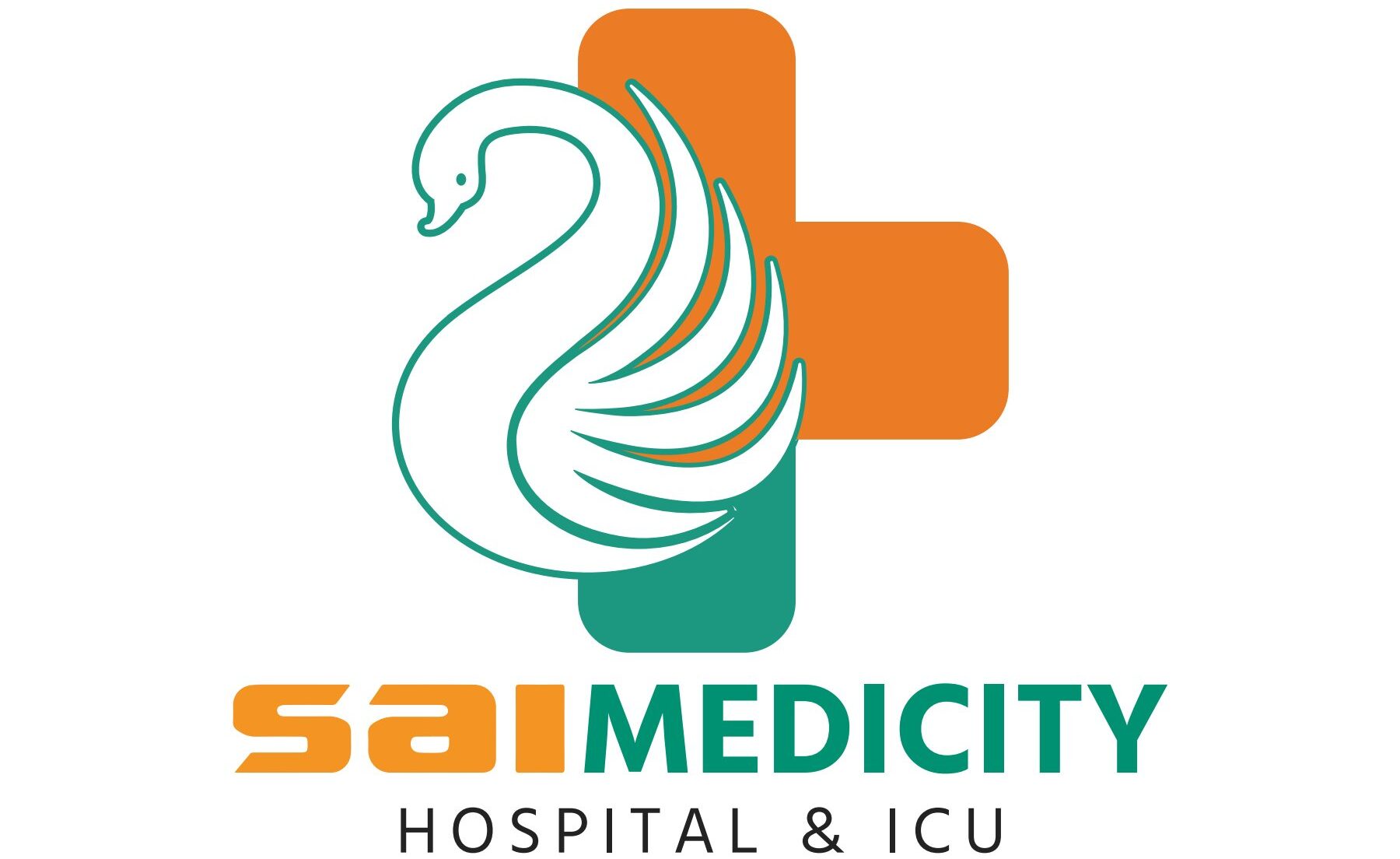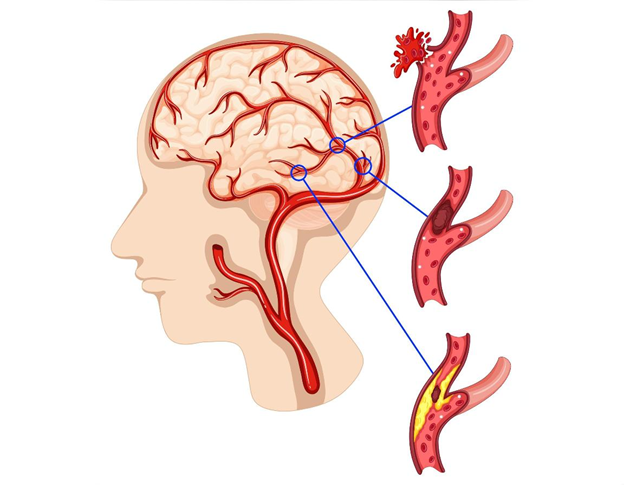Strokes are more common than you might think, happening suddenly and often without warning. Being aware of early signs can literally mean the difference between life and death. According to the CDC, strokes are a leading cause of death in the United States. Every 40 seconds, someone in the U.S. experiences a stroke. Recognizing these early signs promptly can save lives and prevent long-term disabilities. This blog aims to educate you on identifying these signs early and taking action quickly to reduce severe outcomes.
The Different Types of Strokes and Their Symptoms
There are three main types of strokes: ischemic, hemorrhagic, and transient ischemic attacks (TIAs).
- Ischemic Strokes: These occur when blood flow to the brain is blocked. It’s like a clog in a pipe that stops water from flowing. Most strokes fall into this category.
- Hemorrhagic Strokes: These happen when a blood vessel in the brain bursts. Think of it as a burst pipe that causes flooding.
- Transient Ischemic Attacks (TIAs): Often called mini-strokes, they are temporary blockages that usually don’t last long.
Each stroke type has different symptoms:
- Ischemic Stroke Symptoms: Sudden loss of balance, speech difficulties, and numbness on one side of the body.
- Hemorrhagic Stroke Symptoms: Severe headache, dizziness, and vision problems.
- TIA Symptoms: Similar to ischemic strokes but typically last just a few minutes.
An easy way to remember stroke symptoms is F.A.S.T.: – Face Drooping: Is one side of the face numb or drooping? – Arm Weakness: Ask the person to raise both arms. Does one arm drift downward? – Speech Difficulty: Are words slurred or hard to understand? – Time to Call 911: If you see any of these signs, even if they go away, call for help immediately.
Understanding these variations in stroke symptoms helps you respond appropriately and saves valuable time.
Act Fast: The Critical Window for Stroke Treatment
When a stroke occurs, every second counts. Quick response can significantly affect recovery. This urgency is why you must act fast when stroke symptoms appear.
Once symptoms show, there’s a limited time to administer treatments effectively. Some medication works best within the first few hours. Getting the right help quickly reduces the risk of severe brain damage.
It might be tempting to drive a loved one to the hospital yourself, but that’s risky. Paramedics are trained for emergencies. They can administer life-saving treatment on the way. Always call 911 immediately instead of driving.
Beyond F.A.S.T., the BE FAST acronym can also help you remember critical symptoms:
- Balance: Watch for sudden loss of balance
- Eyes: Check if they’re having vision problems
- Face: Observe any drooping
- Arms: Test for weakness
- Speech: Notice any difficulty
- Time: Act quickly—time lost is brain lost
Do not hesitate when a stroke is suspected. The sooner help arrives, the better the chances for recovery.
Stroke Prevention and Awareness: How to Protect Yourself and Loved Ones
Preventing a stroke starts with simple lifestyle changes. By adopting these habits, you can cut the risk significantly:
- Regular exercise: Aiming for at least 30 minutes of physical activity most days.
- Healthy eating: Incorporating fruits, vegetables, and whole grains into meals.
- Avoid smoking and limit alcohol: If you smoke, quit, and keep alcohol consumption in check.
- Regular health checks: Routine health screenings can detect potential risk factors early.
Boost your awareness on stroke by managing any existing health conditions, like high blood pressure or diabetes, and staying informed about your family history.
Speaking of awareness, participating in initiatives like stroke awareness month can help spread the word. Joining these campaigns increases the community’s knowledge and prepares more people to react swiftly. You can help by sharing information or volunteering at local events.
Raising awareness on stroke does not only serve personal health benefits. It also encourages a well-informed society ready to help when needed.
In sum, recognizing early signs, understanding the need to act fast, and fostering awareness on stroke are key in stroke prevention. By making small changes in lifestyle and championing education, you can protect yourself and others. Remember, stroke prevention and early detection can save lives.

